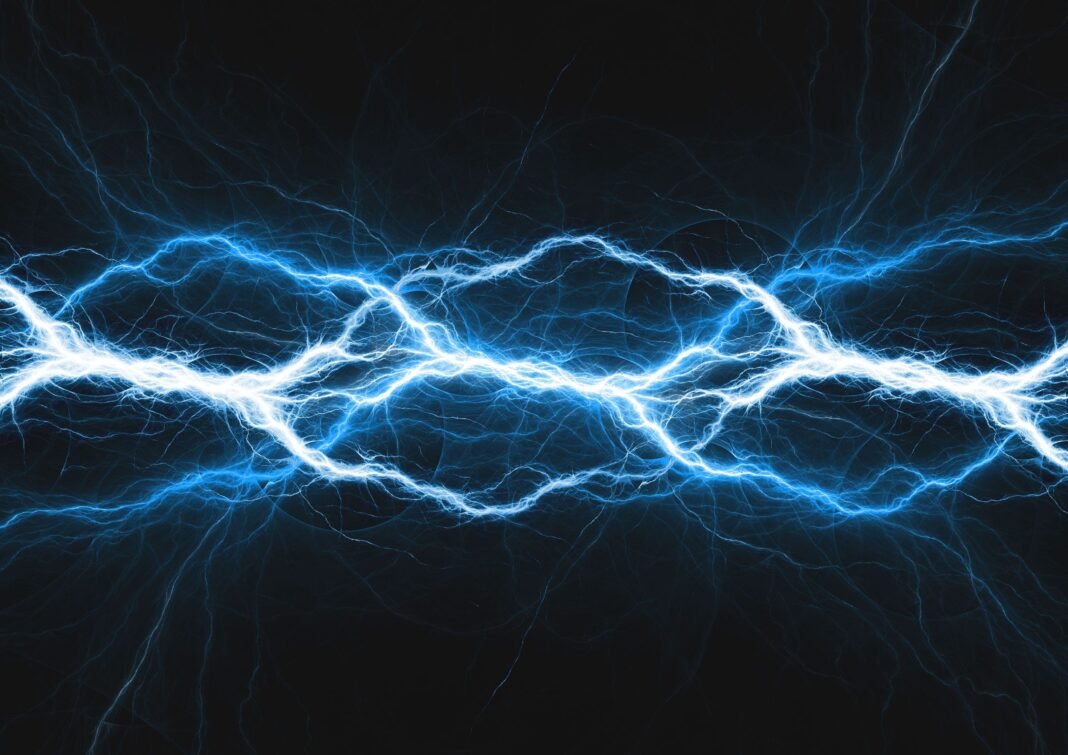Decoding the Essence of Fundamental Physical Constants
Fundamental physical constants represent fixed numerical values embedded within the fabric of physical laws that govern our universe. Constants like the speed of light, Planck’s constant, and the gravitational constant form indispensable pillars in physics as their values cannot be derived purely from theory; rather, thay require meticulous experimental determination.
The precise magnitudes of these constants raise profound questions: Why do these specific numbers exist? What governs their exact values? Even minor alterations could drastically change the universe’s capacity to support life. Such considerations have inspired hypotheses about a finely tuned cosmos or an underlying principle orchestrating these parameters.
Electric Forces: The Invisible Architects of Matter
A notably vital fundamental constant is the electric constant k, which quantifies how strongly charged particles influence each other. Since ordinary matter is primarily composed of electrons and protons-particles bearing opposite electric charges-the interactions governed by k determine how atoms assemble into molecules and ultimately build all visible structures around us.
if this delicate electrostatic balance did not exist, matter woudl fail to organize into complex forms such as stars or living organisms, remaining instead a chaotic plasma state.
Coulomb’s Law: The Cornerstone of Electrostatics explained
The concept of electric charge arises from an imbalance between positively charged protons and negatively charged electrons. Everyday phenomena like static electricity demonstrate this principle-for instance, rubbing a plastic comb through dry hair transfers electrons between surfaces causing attraction or repulsion depending on net charge differences.
An illustrative experiment involves peeling two strips of adhesive tape off a surface slowly; one strip becomes positively charged while the other gains negative charge. Bringing them close results in attraction due to opposite charges, whereas similarly charged strips repel each other visibly when repeated multiple times.
The Formula Governing Electric Interactions
F = k × (q1 × q2) / r²
This equation expresses that the force (F) between two point charges (q1, q2) separated by distance r, is proportional to their product divided by the square of their separation distance. The proportionality factor k = 8.987 × 10⁹ N·m²/C² , known as Coulomb’s constant or simply the electric constant, highlights how powerful electrostatic forces are compared with gravity at atomic scales.
Coulomb’s Ingenious Experimental setup for Measuring Electric Force
Coulomb designed a sensitive torsion balance apparatus-a lightweight rod suspended by a fine fiber inside an enclosure-to measure minuscule forces between electrically charged spheres without interference from air currents or vibrations. By charging two small metal spheres alike so they repelled each other and measuring angular deflections caused by twisting fibers, he quantified force indirectly with remarkable precision.
This method allowed him to verify that force varies directly with charge magnitudes’ product and inversely with distance squared-laying foundational groundwork for modern electrostatics through careful manipulation such as halving one sphere’s charge via contact with an uncharged object and observing corresponding changes in torque angles at varying distances.
the Evolution Toward Defining Electrical Charge Units
Coulomb initially established only proportional relationships since no standardized unit for electrical charge existed during his era; “coulombs” were conceptual rather than defined quantities. It took decades more research before scientists assigned exact numerical values enabling precise calculations using constants like coulomb’s constant k = 8.987 × 10⁹ N·m²/C² .
The Meaning of Permittivity in Electromagnetic Phenomena
A closely related fundamental parameter is vacuum permittivity (εnull;).this value measures how readily an electric field forms within empty space-a lower permittivity means stronger fields arise from identical charges despite initial counterintuitive impressions based on historical definitions used by physicists.
The accepted value today stands at approximately:
εnull;=8.854×10⁻¹² C²/(N·m²)- This allows rewriting Coulomb’s law equivalently as:
( F = frac{1}{4piepsilon_0} frac{q_1 q_2}{r^2} ), whereepsilon_0represents vacuum permittivity. - This formulation bridges electrostatics more tightly with electromagnetic theory.
- A similar concept applies when considering materials rather than vacuum-dielectric permittivity (
varepsilon) varies among substances such as water versus glass affecting field strength differently. - This explains why light slows down passing through media like water compared to its speed in vacuum (c=299,792,458 m/s).
The Interconnection Between Electromagnetic Constants Revealed
“The velocity at which electromagnetic waves travel depends directly on both magnetic permeability (
mu_0=4pitimes10^{-7} mathrm{N/A^2}) and permittivity (varepsilon_0) according to:
( c=frac{1}{sqrt{mu_{0}varepsilon_{0}}} )
This elegant relationship uncovers deep interdependence among fundamental physical quantities once considered independent-knowing any two allows precise calculation of the third.
It also highlights that many “fundamental” constants partly arise as humans have chosen consistent but arbitrary units over centuries; altering one affects others throughout physics’ framework.
Ultimately,“constants”serve both as cornerstones supporting scientific understanding and reminders that mysteries beneath nature’s surface remain ripe for finding.




